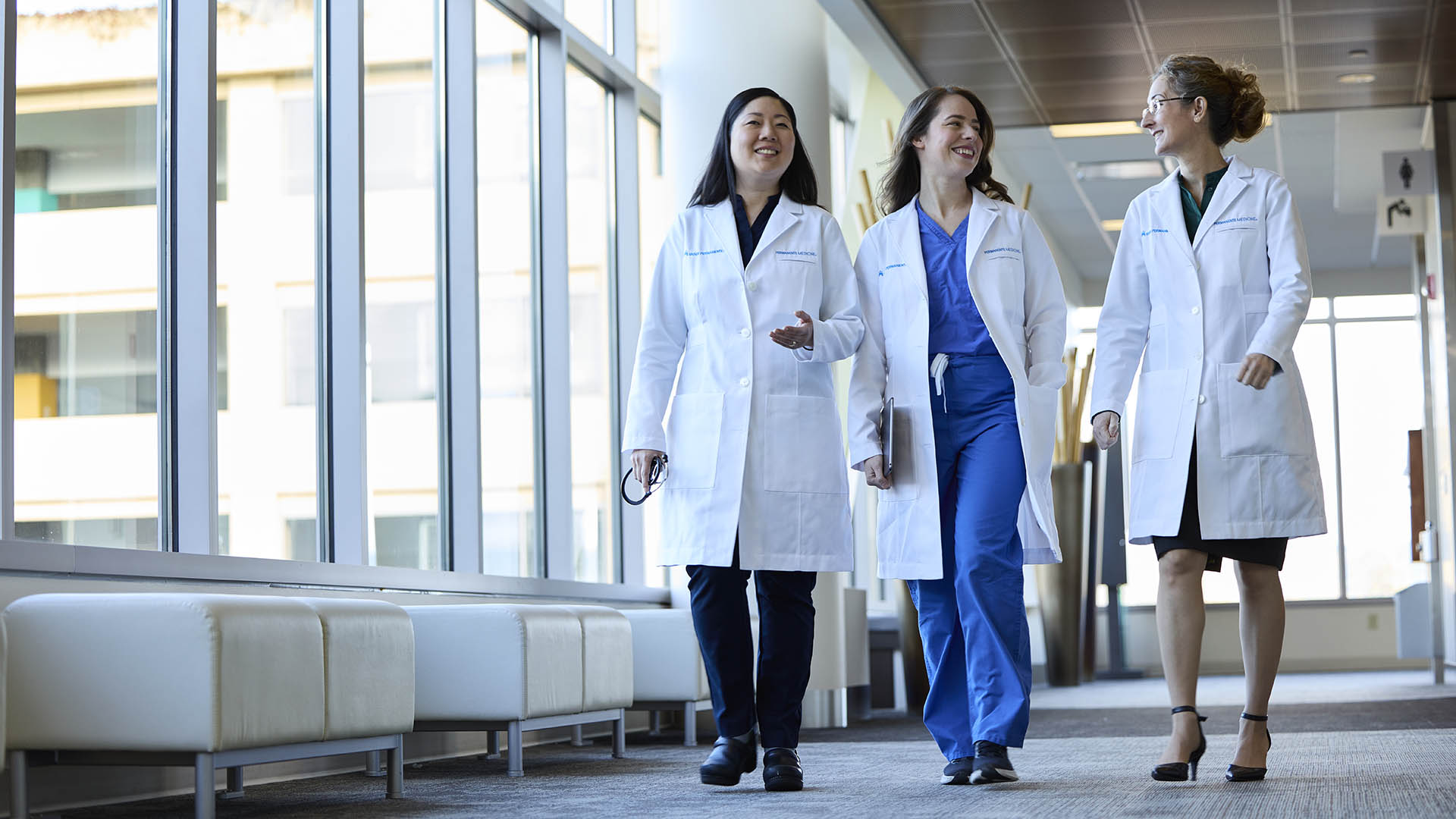The Permanente Federation co-CEOs share 7 strategies to build a trustworthy, affordable and accessible health care system for the next generation
Khang Nguyen, MD, highlights the benefits of remote patient monitoring

Khang Nguyen, MD, assistant executive medical director for care transformation at the Southern California Permanente Medical Group, discussed how remote patient monitoring is transforming care delivery during a recent HealthLeaders virtual event.
As remote patient monitoring technologies evolve, Kaiser Permanente is finding new opportunities to treat patients in the environment they’re the most comfortable — their home.
“Patient care and quality are at the heart of everything we do,” said Dr. Nguyen. “We have to be able to provide a continuum of services whether it’s visiting in facilities or in the home.”
Patients with chronic conditions such as congestive heart failure, diabetes, or high blood pressure can be safely cared for at home through a 2-pronged approach: monitoring technology plus a dedicated care team that reviews and tracks patient data and follows up with personalized recommendations. Kaiser Permanente also offers remote monitoring for patients throughout a pregnancy or those with acute care needs who would normally qualify for in-patient care.
Related story: Edward Lee, MD, on telehealth and the future of hybrid care delivery
Dr. Nguyen said remote patient monitoring interactions and data are seamlessly integrated with Kaiser Permanente’s electronic health record to create a better patient-clinician experience and ensure safe, high-quality care. As more data are collected on the effectiveness and outcomes of remote monitoring, these programs can be scaled to serve more patients in new ways.
“It provides a unique opportunity for us,” said Dr. Nguyen. “I think it’s going to be very iterative as devices, people, organizations, and patients become more comfortable with the connections.”
Remote monitoring programs benefit patients and doctors alike. The 24/7 monitoring makes it easier for doctors to catch problems earlier and provides insight into social determinants that affect a person’s health, such as their home environment or food insecurity.
“In the past, you discharged someone from the hospital and there wouldn’t be any connection with the patient after that,” said Dr. Nguyen. “Now, there are different options. The reality is this world is here to stay. It’s not about return on investment, but how we fit this into our patients’ expectations for their care delivery.”


